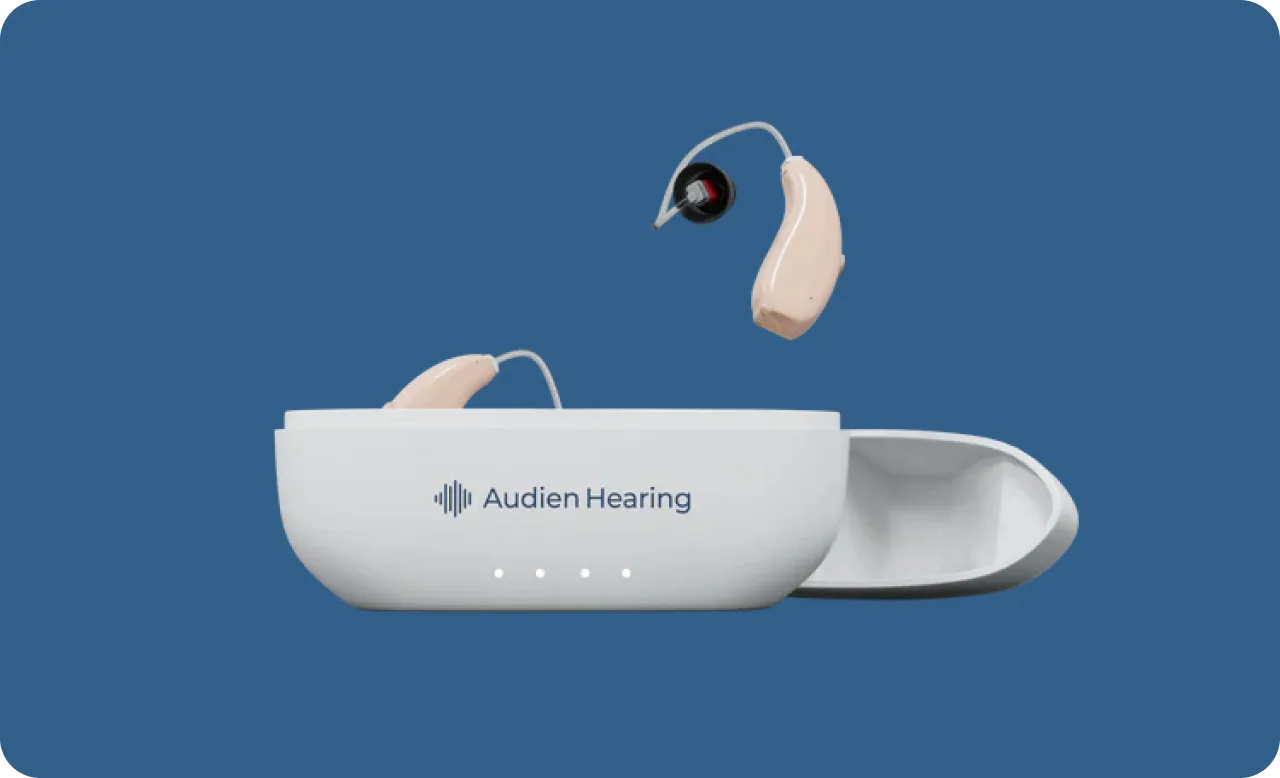
How to Shop for Noise Canceling Headphones: Buyer's Guide
Here’s the thing: the right headphones disappear. You forget you’re wearing them on a red-eye, or you stop hearing the office hum long enough to get into flow. If you’re hunting for the best headphones for travel or you just want a cocoon to work in, let me walk you through what actually matters—without the buzzwords getting in the way.
Comfort first, because hours feel longer in the air
If I can’t wear a pair for three hours straight, it’s a no. Look for soft pads that don’t trap heat, a gentle clamp that keeps the seal without pinching, and a headband that spreads pressure instead of leaving a hot spot. Glasses? You want pads that give a little around the frames. Weight matters, but balance matters more—a well-balanced 270 g can feel lighter than a top-heavy 240 g. For long flights, over-ears win for cushion; for compact packing, in-ears are easier. Either way, the best headphones for travel should feel boringly comfortable after the first 15 minutes.
ANC that calms, not just cancels
Active noise cancellation is the secret sauce for planes and open offices, but not all ANC is equal. You want steady low-frequency reduction (engine rumble, HVAC) without that ear-pressure feel. Bonus points for adaptive modes that dial down wind noise and a quick transparency mode for gate announcements. Believe it or not, great passive isolation still matters—a solid seal lets ANC work less and sound better. For sheer peace on a 10-hour flight, the best headphones for travel usually blend strong ANC with pads that seal naturally.
Sound that doesn’t wear you out
You’re not mixing an album at 35,000 feet. You’re avoiding fatigue. Slightly warm tuning with clear mids keeps voices crisp and sibilance down. If you like bass, look for controlled punch, not boom. Codecs help, but a clean seal and decent drivers beat alphabet soup. And please, EQ is your friend—a tiny 2–3 dB tweak can turn “meh” into “oh, nice.” I’d rather have “pleasant for hours” than “wow” for 20 minutes and a headache after.
Battery life and the kind of charging that saves your day
Quick sanity check: with ANC on, you want a full workday—call it 20–30 hours for over-ears, 6–10 for true wireless (plus a few recharges in the case). The feature nobody talks about enough? Fast top-ups. Ten minutes for a few hours of play is the difference between podcasts and silence when boarding starts. USB-C—obvious, but still worth saying. If you travel often, the best headphones for travel quietly nail battery, so you stop thinking about it after week one.
Calls, mics, and multipoint (because life keeps ringing)
If you take calls in noisy places, look for a beamforming mic setup that suppresses chatter without making you sound like a robot. Sidetone helps too—hearing a bit of your own voice keeps you from shouting at coworkers. Multipoint Bluetooth sounds boring until you have it: laptop for meetings, phone for boarding alerts, no manual re-pairing dance. It’s one of those “use it once and never go back” features.
Build, cases, and packability that survive real bags
Fold mechanisms, hinges, zippers, cables—those are the bits that fail first. I like a hard-ish case that isn’t a suitcase, hinges that don’t wobble after month one, and pads you can replace. An IP rating is a nice safety net for in-ears, especially in gross weather. Over-ears that rotate flat slide into backpacks better; in-ears disappear in a pocket and often win as the best headphones for travel when every cubic inch counts.
Wired extras: small, smart, sometimes crucial
Airplane screens and gym treadmills still love a good old 3.5 mm. If you fly a lot, a simple analog cable (and a dual-prong adapter) is worth tossing in the case. Low-latency modes help with video, but a wire is still undefeated when Bluetooth gets weird. Not glamorous, just practical.
Okay, what should you buy?
Short version: pick comfort and ANC first, then battery and calls, then sound and packability. If you’re on planes a lot, lean over-ear; if you travel light or sleep on your side, lean in-ear. Want specific models? I keep an updated shortlist in Consumer’s Best reviews—the quick way to zero in on the best headphones for travel without getting lost in specs. If you need help, think about where you’ll actually use them most, and I’ll point you to the right page.
Frequently Asked Questions

Audien Hearing Aids Reviews: Affordable Hearing Solutions?
Audien Hearing aims to make sound amplification accessible with its range of highly affordable hearing devices. These direct-to-consumer products offer a simple solution for those experiencing mild hearing difficulties who are seeking a budget-conscious entry point into hearing enhancement.






